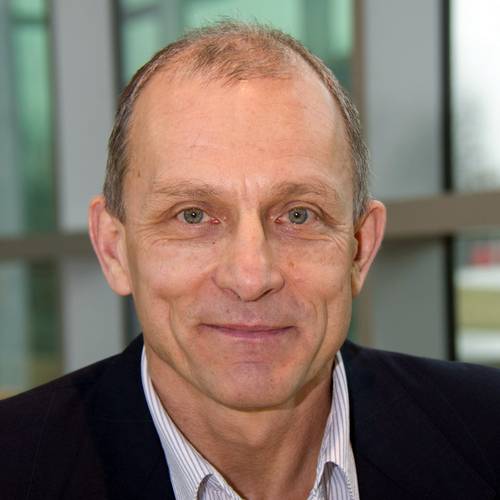About This Webinar
Raman spectroscopy has been known for decades as the most selective spectroscopic technique. Lednev and his team have developed and are commercializing the first universal method for the confirmatory identification of all main body fluids using Raman spectroscopy. The team has found that peripheral and menstrual blood as well as human and animal blood can be differentiated, and they are able to estimate the time since deposition of a bloodstain up to two years. Most recently, they demonstrated the proof-of-concept for phenotype profiling based on Raman spectroscopy of dry traces of body fluids including determining sex, race, and age group of the donor.
Gunshot residue (GSR) is an important type of trace evidence that is associated with violent crime. Organic GSR (OGSR) has been the focus of many forensic researchers recently. Lednev and his team developed a novel two-step approach for detection of OGSR using fast fluorescence mapping followed by a confirmatory identification by Raman microspectroscopy. This method utilizes a single instrument combining Raman and fluorescence microscopes. In the first proof-of-concept study, the team used adhesive tape as a method of collecting OGSR particles. In addition, they explored the capability of this method for detecting GSR particle on original common substrates, eliminating the initial GSR particle transfer stage.
*** This presentation premiered during the
2023 Photonics Spectra Spectroscopy Conference. For more information on Photonics Media conferences, visit
events.photonics.com.
About the presenter

Igor K. Lednev, Ph.D., is a distinguished professor in the department of chemistry at the University at Albany, State University of New York. He is an adjunct professor in the department of biological sciences and a faculty member of the RNA Institute. Additionally, he is a cofounder of SupreMEtric LLC, commercializing a patented technology for forensic purposes, and Early Alzheimer’s Diagnostics LLC developing saliva and blood tests for early disease diagnostics. Lednev has served as an advisory member on the White House Subcommittee for Forensic Science.
Lednev’s research is focused on the development and application of novel laser spectroscopy for forensic purposes, medical diagnostics, and fundamental biochemistry. His accomplishments include the development of a universal method for the identification and analysis of biological stains for forensic purposes using Raman spectroscopy. Lednev’s laboratory introduced novel spectroscopic methods for characterizing the structure and formation mechanism of amyloid fibrils associated with neurodegenerative diseases. The lab also used the combination of Raman hyperspectroscopy and machine learning for developing noninvasive methods for disease diagnostics.
Lednev has co-authored over 260 publications in peer-reviewed journals and 10 patents reaching the h-index of 70. His work has been covered by media more than 90 times including 11 TV interviews, and publications in the Wall Street Journal, Chemical & Engineering News, Forensic Magazine, etc. Congressman Tonko has acknowledged Lednev’s research accomplishments at the United States House of Representatives Hearing on Advancements in Forensic Science in the U.S. in 2019. He was recruited by the United Nations to give a week-long “National Training Course on using vibrational techniques to enhance the forensic analysis” for the National Crime Laboratory of Chile in Santiago, Chile in 2020.
Lednev is a fellow of the Royal Society, U.K and the Society for Applied Spectroscopy. He received several prestigious awards including the 2022 Charles Mann Award for Applied Raman Spectroscopy, the Gold Medal Award from the Society for Applied Spectroscopy, the Guest Professor Fellowship from the Friedrich-Schiller-University, Germany, the Research Innovation Award from Research Corporation, the Chancellor’s Award for Excellence in Scholarship and Creative Activities, the University President Award for Exemplary Public Engagement, and the Dean’s Award for Outstanding Achievements in Teaching.